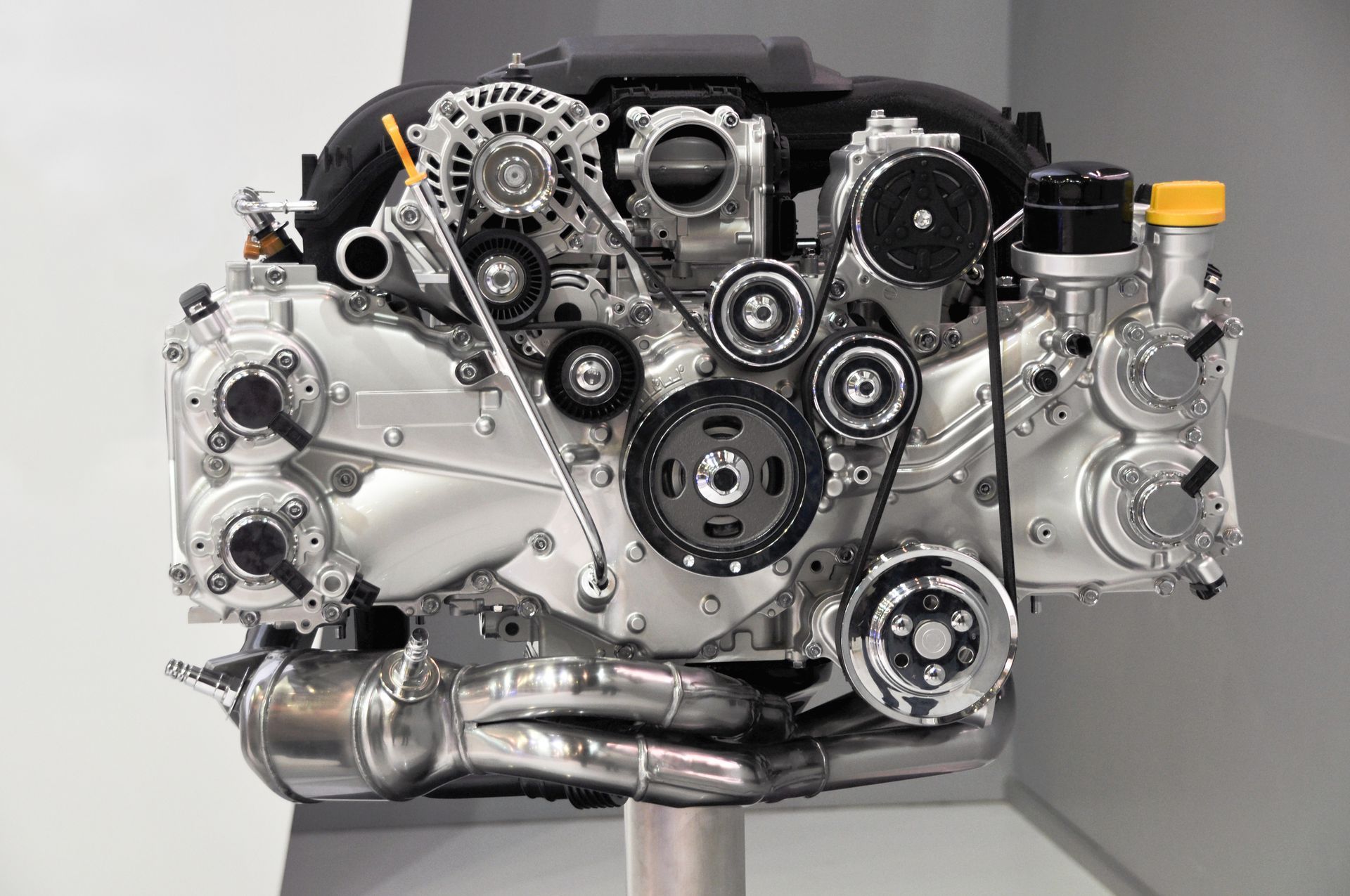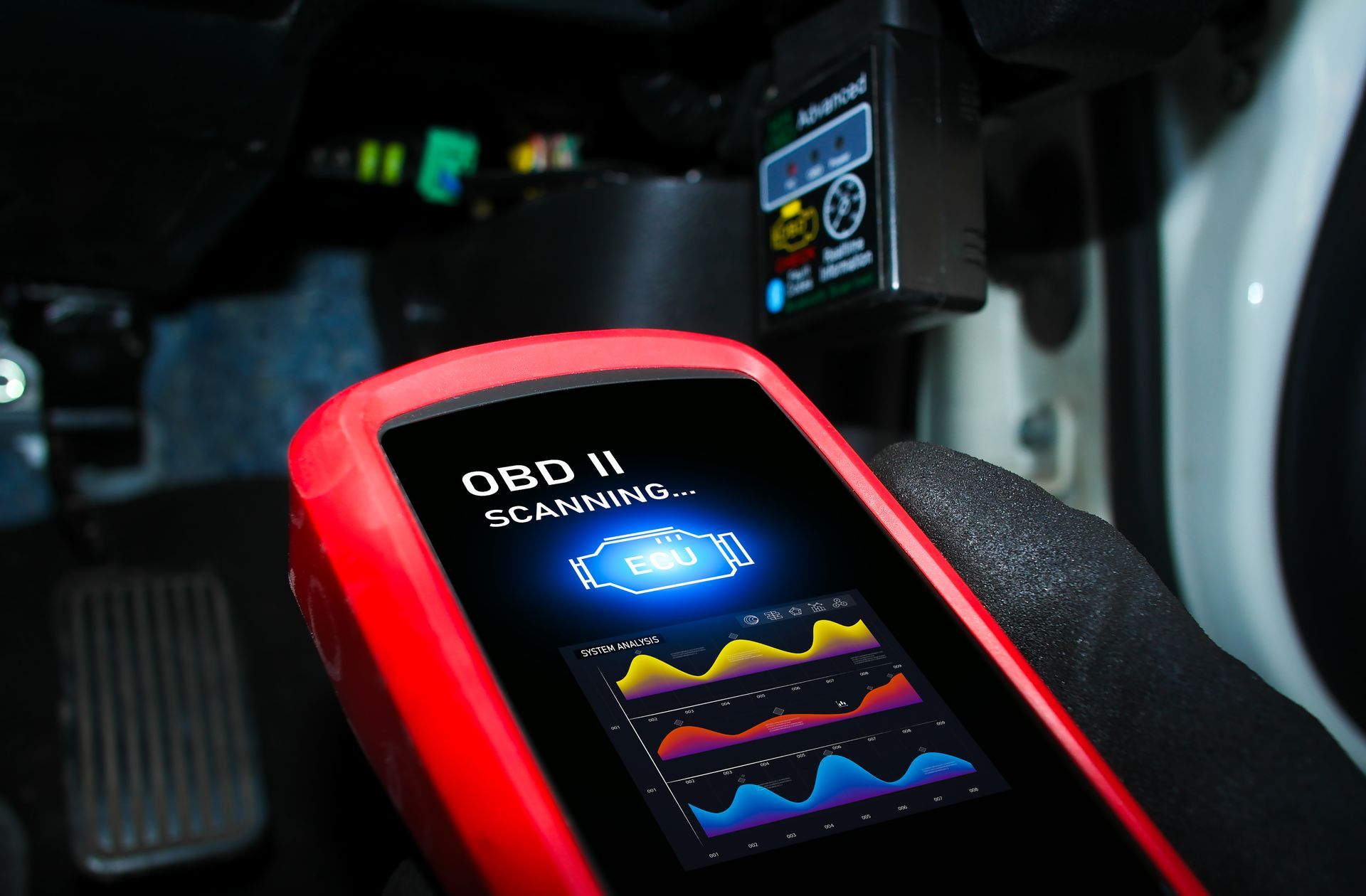Loading ...
Missing business hours data / Error occurred while getting the data.
Loading ...
Missing business hours data / Error occurred while getting the data.
Do All Four Tires Need to Be the Same on an AWD Car?
March 28, 2025
When replacing tires on your car and you have an all-wheel drive (AWD), the approach is slightly different compared to wheel drive and rear wheel drive vehicles, which only power two wheels each – in AWDs, power is distributed to all four wheels, which makes tire size and tread depth vital to keep the car balanced.
What occurs when you opt to change one or two tires rather than all four on your vehicle? In reality, having tires can result in significant issues for your vehicle’s drivetrain, resulting in uneven tire wear and mechanical strain that may lead to costly repairs. Knowing the reasons behind why AWD cars’ uniform tires can assist you in making more informed maintenance choices and prevent potential harm in the future.
Compatible Tires for AWD Systems
All wheel drive systems are designed to enhance grip and stability by distributing power among each of the four wheels and maintaining consistent performance levels across all tires in terms of size and condition is crucial for optimal functionality of the system, as even minor differences can lead to discrepancies, in wheel speed that may prompt the AWD system to make unnecessary adjustments.
In contrast to two-wheel drive cars, where using different tires might only result in a bumpy ride experience, all-wheel drive systems are much pickier about tire variations due to the increased sensitivity to differences in rotation speed among tires resulting from uneven wear and tear, can strain vital drivetrain components, like differentials and transmission leading to premature deterioration or malfunction.
The Issue with Changing One or Two Tires
If you’ve experienced a tire or damage to the sidewall before, consider replacing only the affected tire for a quick solution. Beware! Swapping out one tire on an all-wheel drive vehicle can significantly disrupt the balance of the entire system.
When the new tire matches the brand and model of the existing one exactly, it will have a deeper tread. This causes it to rotate at a pace different from that of the older tires. As a result, the AWD system needs to adapt power distribution, potentially straining the drivetrain and causing lasting harm.
Certain car companies have rules regarding tire matching and may insist that all four tires be changed simultaneously to maintain balance and performance consistency in the vehicle operation. On the other hand, some manufacturers permit replacing two tires at once as long as the remaining ones exhibit comparable tread depth. Nonetheless, if you continue driving with tires for an extended period, it might lead to warranty invalidation if any issues arise.
What’s the Right Approach to AWD Tire Replacement
When it’s time to get tires in order to prevent any drivetrain issues and keep your vehicle running smoothly and efficiently.
Whenever you can, make sure to change all four tires at once to ensure that all four wheels rotate evenly and avoid straining the AWD system.
If you need to change two tires out of four in total on your vehicle, make sure to place them at the back. Certain carmakers permit this practice as long as the remaining pair of tires retain a satisfactory level of tread wear.
Even if your tires appear to be in condition visually, it is crucial to ensure that the tread depth does not differ by more than 2/32 of an inch for all wheels on all-wheel drive (AWD) vehicles. Any variance beyond this threshold may lead to stress on the drivetrain system.
The Importance of Regular Tire Care for Wheel Drive Vehicles
Making sure you replace your tires properly is one aspect of maintaining the health of your AWD system, as regular upkeep is crucial in preventing uneven wearing and extending the lifespan of your tires.
Make sure to switch the position of your tires.
Four-wheel drive vehicles experience tire wear in a manner compared to two-wheel drive cars; hence, it’s advisable to rotate the tires every 5,000 to 7,500 miles for even distribution of wear.
Remember to keep your tires inflated at the pressure.
To maintain performance and even wear on all four tires, it is important to keep them inflated to the recommended PSI levels. When air pressure is uneven among tires, it can cause one tire to bear more load than the rest, impacting both stability and fuel efficiency.
Make sure to have your wheels aligned whenever necessary.
When your suspension system is out of whack, it can lead to tire wear and make some tires wear out more quickly than others. Alignments are important to make sure your tires touch the road correctly to maintain their condition for a longer duration.
Remember to inspect the depth of your tire treads frequently.
If you see that one of your tires is wearing down unevenly than the others on your vehicle's AWD system, it’s important to have them inspected promptly to prevent potentially costly damage to the drivetrain caused by the system having to work harder to compensate for the imbalanced wear.
Get Your Tires Replaced Properly at Flame Auto Repair
When it comes to changing tires on an AWD car to prevent damage to the drivetrain and prevent repairs down the road, selecting the correct method is crucial. If you’re uncertain about how many tires need replacing out of one pair or all four, a thorough evaluation by a skilled mechanic will point you in the right direction for your specific vehicle needs.
Ensure the functioning of your AWD system by being mindful of tire compatibility. Prevent expensive drivetrain issues by opting for professional tire replacement services at
Flame Auto Repair.

Our Location
Loading ...
Missing business hours data / Error occurred while getting the data.
Quick Links
Loading ...
Missing nap lines data / Error occured while getting the data.

